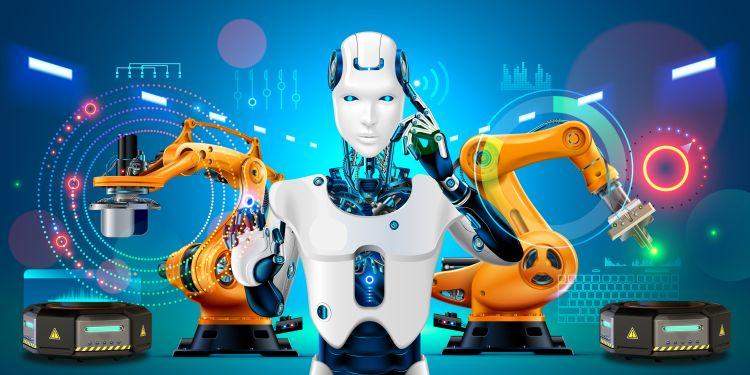Advanced Robotics And Rehabilitation Technologies
Robotic technology helps patients
recover faster from a stroke, spinal cord injury or brain injury.
Evidence-based research* shows that advanced robotics, combined with the expert
skills of a licensed therapist, can enhance a patient's progress during
rehabilitation treatment.
To design and use advanced
rehabilitation technologies, researchers and therapists must work closely
together. This requires a sustained interdisciplinary collaboration between software
specialists, engineers from medical, technical, military, electronic, and
sports fields, as well as neurorehabilitation experts.
Robotics
Advanced Robotics and Rehabilitation
Technologies have a significant potential to enhance patient outcomes, and can
be used in conjunction with current therapy techniques. These include augmented
and virtual reality (AR/VR), motor learning and robotic training, as well as
sensory stimulation.
These technologies are also being
developed for telerehabilitation to improve access to care for patients who may
otherwise not be able to access it. This will help patients to improve their
mobility, flexibility and strength by enabling them to train in the comfort of
their own home.
Repetitive, high-intensity
task-specific training has been shown to boost neuroplasticity and function in
patients with stroke. This has traditionally been achieved by a team of
physicians and physical or occupational therapists. However, this is time and
labor intensive.
Artificial
Intelligence (AI)
Artificial intelligence (AI) refers to
the ability of computer systems to learn and think in a way similar to humans.
It is used in a variety of applications including natural language processing,
speech recognition and machine vision.
AI is a key technology behind the
internet of things (IoT) and other new technologies. It has applications across
a wide range of industries, such as health care, transportation and
manufacturing.
Modular Robots
Modular Robots are a family of robotic
systems that can self-reconfigure into different types of structures. This
allows them to morph into more capable machines than their fixed-morphology
counterparts.
There are many applications of modular
robotics in industry, including nuclear decommissioning. However, these robotics
have a few important challenges that are currently holding them back from
achieving widespread adoption in the industry.
The first challenge is the need for a
system that can be operated in extremely harsh environments, such as nuclear
decommissioning. These environments have very high power and force
requirements, and also require precise control of the system as a whole.
Virtual Reality
(VR)
Virtual reality (VR) is a
computer-generated replica of a three-dimensional environment, and can be used
to enhance human-computer interaction (HCI). In VR, the user wears a headset or
goggles to experience a computer-generated environment.
There are a number of applications for
VR in the healthcare industry. One is virtual reality therapy, which uses VR to
help patients overcome fears.
Another application is rehabilitation,
where VR can be used to simulate occupational activities and simulations for
patients who cannot participate in them yet.
In poststroke rehabilitation, for
example, VR can provide a safe, controlled environment where patients can
interact with robots that help them regain mobility and independence.
In the future, VR will be used in many
more areas of healthcare. However, some of the challenges associated with VR
include technical issues, loss of human connection and expense.

Comments
Post a Comment